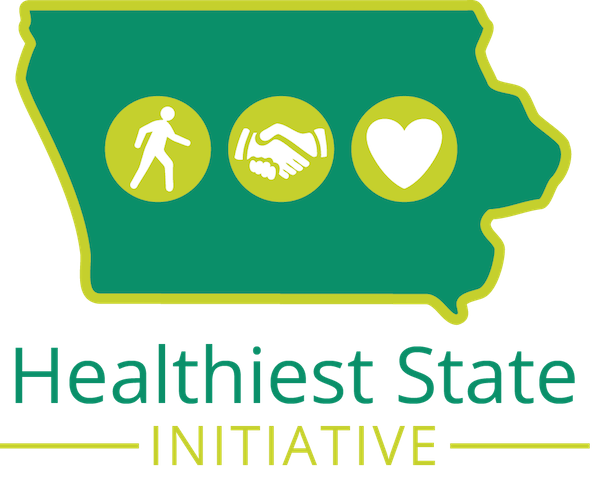Sarah’s Story
As long as she can remember, Sarah Noll Wilson was a worrier. When she was 8 or 9, Noll Wilson innocently fed her grandparent’s chickens chocolate chip cookies. It wasn’t until the ride home that she put it together — chocolate kills dogs, so she certainly killed all of those chickens.
“I thought my grandma was going to hate me,” Noll Wilson said. “So I spent the better part of a couple hours locked in the bathroom crying until my mom was like, ‘What’s going on?’”
It wasn’t until a life-changing moment in 2013 when Noll Wilson started to understand the driving force behind her worries. In early March of that year, Noll Wilson was receiving a massage. An overwhelming sense of dread hit her all at once. She felt like she was dying.
After being transported to the hospital and undergoing tests, Noll Wilson discovered her diagnosis: an overstimulated nervous system — or a panic attack. According to the Mayo Clinic, a panic attack is a sudden episode of intense fear that triggers a severe physical reaction.
“I think people believe they’re broken. I want them to know they aren’t alone. So many people struggle with this.”
But the feelings didn’t stop when Noll Wilson returned home. Any kind of unfamiliar physical sensation triggered more panic attacks. The continuous cycle continued for a few weeks until she realized she needed to find help.
“I felt totally out of control,” Noll Wilson said.
She took advantage of an employee assistance program at work and met with a therapist, who believed Noll Wilson was struggling with anxiety. Noll Wilson was later more accurately diagnosed with panic disorder, which is characterized as having repeated panic attacks in a short amount of time.
But the feelings didn’t stop when Noll Wilson returned home. Any kind of unfamiliar physical sensation triggered more panic attacks. The continuous cycle continued for a few weeks until she realized she needed to find help.
In the weeks afterward, Noll Wilson began to understand exactly what triggered her panic attacks. A business owner and public speaker, Noll Wilson wasn’t bothered by networking or mingling with people. What triggered her were small physical sensations, like feelings of dizziness.
She attended therapy for almost two years and learned the value of mindfulness and mediation. Those relaxing techniques helped calm her brain in unsettling moments. She believes mindfulness saved her life.
“Suddenly, when I would feel an attack coming on, I was able to recognize the warning signs,” Noll Wilson said. “I developed tools like being able to tell someone out loud, particularly my husband, that I’m having an attack. And asking him to put his hand on my neck or sit next to me or hold me was really helpful. I also built that ability to not fight it and to flow with it because you know it’s temporary.”
While her mental health has improved, Noll Wilson still experiences occasional panic attacks. If she doesn’t sleep well, she can feel the anxiety lurking. But because she’s learned to recognize warning signs, she knows when to wind down, like taking a week off from work to rest and recover.
Noll Wilson’s journey has been tough and emotional, and she’s still learning every day. But her message to others is to seek help if they need it. Hundreds of millions of people struggle with anxiety every year, and they aren’t alone.
“I remember feeling like I was broken. Why couldn’t I fix this?” Noll Wilson said. “I think people believe they’re broken. I want them to know they aren’t alone. So many people struggle with this.”



